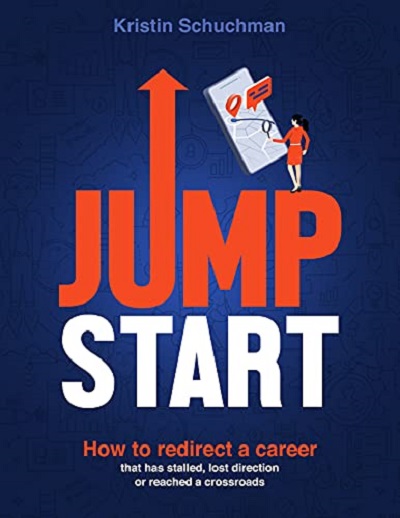Just a Little Empathy by Victoria Grady and Patrick McCreesh Via New Book
Victoria Grady and Patrick McCreesh’s new book is as informed by what it says as by what it doesn’t say. For instance, Stuck: How to WIN at Work by Understanding LOSS isn’t something easily definable as a leadership advice guide. Rather, it’s a roadmap to avoiding pitfalls in communication with one’s employee base.
Rather than focusing on the cold, brutal nature of informing what many would call productivity and corporate longevity, Grady and McCreesh focus on more poetic fare – a la the attitude, the culture that ensures said productivity and longevity. Particularly within the context of an increasingly millennial-influenced, progressive valued social milieu.
“It’s clear that culture has a value. It makes one wonder – how many executives really know the culture of their organization? It is not meant as an individual challenge to any one executive more a question of how hard it is to understand culture. Culture is difficult to define in any organization and even harder to manage,” they write. “…In any group or organization, culture represents the guidebook, the rules of the road, for that organization – what is acceptable, what is not acceptable, what will be lauded, what will be laughed at, what will be rewarded, and what will be punished. It is unique to the group, at whatever level you choose to explore, and often it is hard for any one person to describe it within the group…”
Then they elaborate: “Organizational culture has two parts to it – the seen and the unseen. The visible side of culture is the symbols, the stories, the mythology, the artifacts, the acronyms, the jargon, the offices, and even the people that we observe when we walk around an office or interact with an organization. In short, it is all the objects that are unique to that organization. The unseen side of culture is the deep set of shared assumptions, beliefs, and values that bring these objects to the organization. The American organizational psychologist Edgar Schien calls culture an iceberg, explaining that we see a small part of the culture when we look around, but it is beneath the surface where we will find why these objects represent the culture.”
PURCHASE LINK: https://www.amazon.com/Stuck-Victoria-Grady/dp/0367743612
The idea of effective communication, of ensuring a two-way street in terms of interaction, is a universal concept not only mandatory for workplace relations. And like any skilled communicator, Grady and McCreesh know how to address that universality – the evidence serving a two-fold purpose. First, outside examples solidify the objective nature of the purported facts and fact-backed observations at hand. Second, the presence of the outside examples’ contributions to objectivity make the ideological implementations in specific context that much more trusted, and more sound.
It makes the more visceral and wandering aspects of the read a welcome relief from all the concise solidities. “This book should have had a different opening. We were going to ask you to imagine a morning where your world had shifted. Where your routines were run amuck, your schedule disturbed, your very approach to work changed. Or maybe where you just woke up and couldn’t find your phone. We would have asked you: How did you react?” Grady and McCreesh state, breaking the fourth wall. “Of course, this is no longer some thought exercise. For most of us around the world, 2020 was a year when everything changed. So, how did you react?”
Nicole Killian








